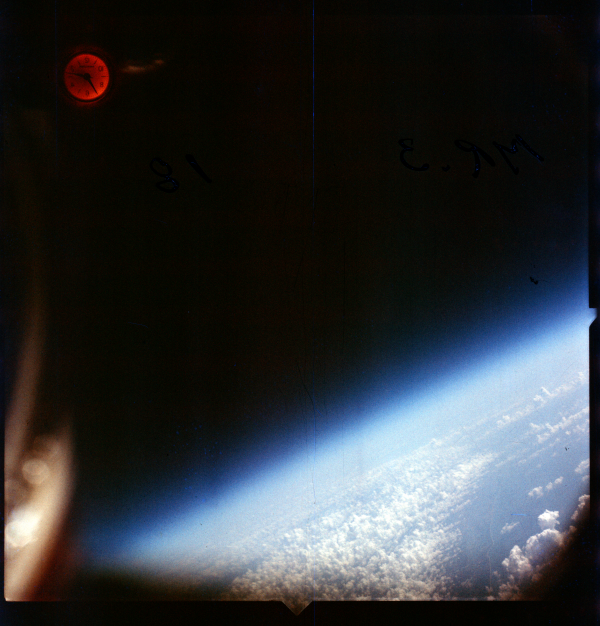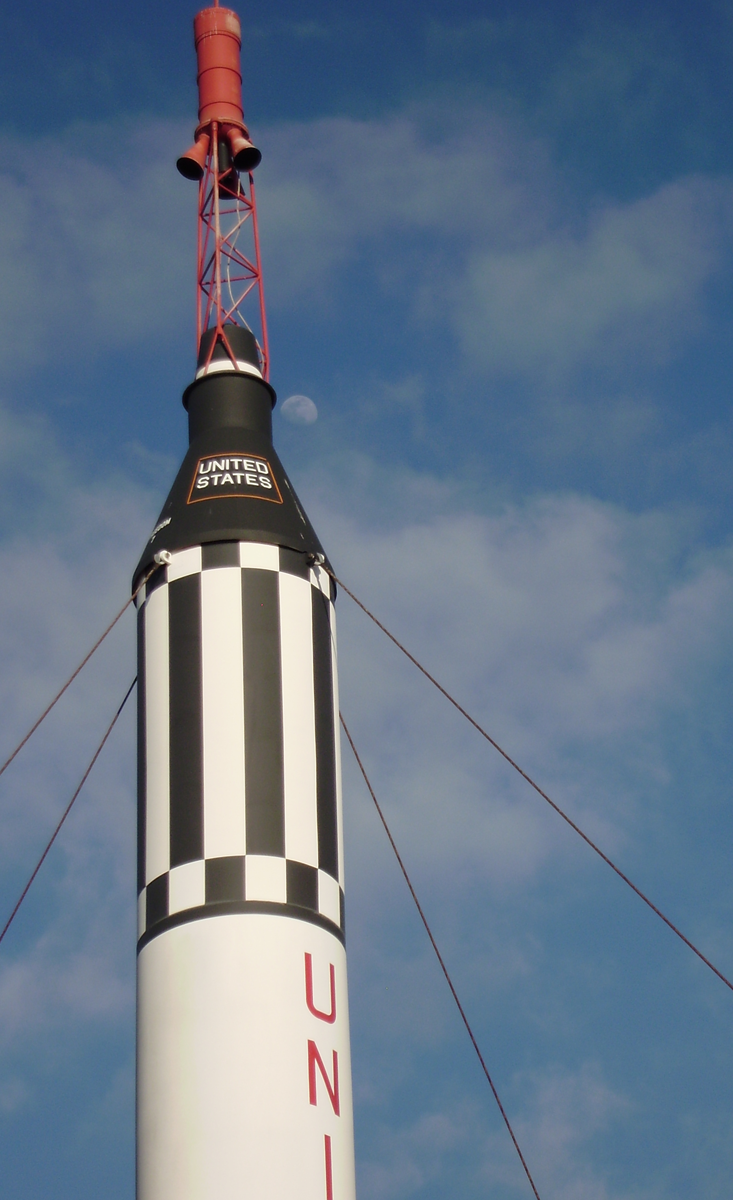
As we start the 10th year of a permanent human presence aboard the International Space Station and the sixth decade of American spaceflight, it is hard for young people, and in many cases even their parents, to remember that there was a time when we simply didn't know whether humans could live and work in space. Could humans breathe safely? Could we eat and digest food in microgravity? Would being separated from the home planet cause a mental breakdown? Could humans do useful and productive tasks in this strange new environment? Would radiation be a problem? These unknowns had to be explored, and the security of the United States demanded that we do so, and do so quickly.
Beginning in 1958, Project Mercury was conceived as a bold experiment to give the United States its first spaceflight experience, develop techniques and hardware for more ambitious space endeavors, and evaluate whether humans could safely function in space.

On 5 May 1961, after several years of effort, the United States took its first tentative steps into a new frontier of limitless opportunity as Alan Shepard became the first American in space aboard the Freedom 7 spacecraft. To celebrate this milestone, the NASA Johnson Space Center and the School of Earth and Space Exploration at Arizona State University are proud to unveil the Project Mercury Online Digital Archive. These high resolution scans are from the original flight films and are now available in several formats with a click of your mouse.
It has now been fifty years since the United States took those first steps into human spaceflight. In that time Mercury (1960-1963), Gemini (1964-1966), Apollo (1966-1975), and Skylab (1973) have come and gone. The Space Shuttle (1981-2011) is months from retirement, and the International Space Station (1998 - present) has matured into a fully functional science and engineering laboratory. The fiftieth anniversary of Alan Shepard’s flight presents an opportunity to reflect not only on what NASA and the United States have accomplished in terms of human space exploration, but perhaps more importantly, the question of where do we go from here? Does the United States have a clear vision and the will to move outward from planet Earth? Such weighty issues are under debate in the American Congress. What do you think? Should the United States retire from exploration -- or push forward to the Moon and beyond?
Like its earlier predecessors (Ranger, Lunar Orbiter, Surveyor) the Lunar Reconnaissance Orbiter spacecraft was conceived, designed, and built to support human landing on and exploration of the Moon. What will follow the Space Shuttle and enable American astronauts to continue in the proud tradition started with Project Mercury? Will American astronauts one day walk again on the Moon? lf so, they will use LROC images as a roadmap during their lunar explorations! Will you be one of these future pioneers?
Read more about the Redstone rocket on display at the Air Force Missile and Space Museum.
View the original flight films from Project Mercury at the ASU March to the Moon gallery!
Published by Mark Robinson on 5 May 2011